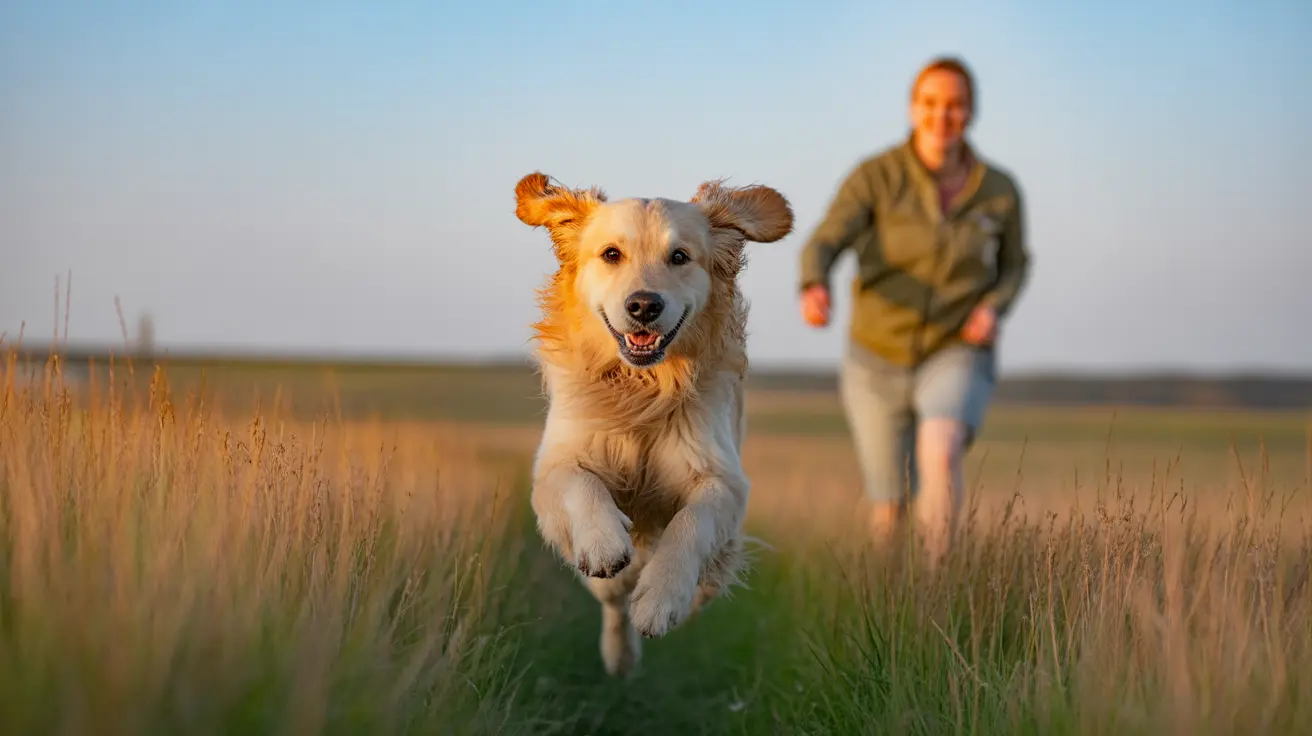Understanding Why Dogs Back Into You
Dogs have a unique way of expressing their feelings and needs without using words. One behavior that often catches pet owners by surprise is when their dog backs into them, pressing their rear end close or even leaning against them. While some may find this odd or amusing, this behavior carries deep meaning rooted in canine instincts and social communication.
1. A Sign of Trust and Vulnerability
One of the most significant reasons a dog backs into you is because they trust you. A dog’s backside is one of its most vulnerable areas, and willingly turning it toward someone is a clear signal that they feel safe in your presence. This position conveys that the dog does not see you as a threat and is comfortable letting their guard down around you.
- Safe and relaxed behavior: The dog sees you as someone who poses no danger.
- Pack instincts: In pack dynamics, trust is necessary for social harmony. Presenting the rear can be a peaceful, submissive gesture.
2. Scent Marking and Bonding
Dogs communicate heavily through scent. Under their tails, dogs have anal scent glands that produce a unique smell, helping them identify each other. When a dog backs into you or rubs against you with their hindquarters, it may be a form of marking — transferring their scent onto you.
- Claiming you as part of their group: This physical contact indicates that you’re a member of their family or “pack.”
- Strengthening emotional bonds: By rubbing their scent on you, dogs feel more connected to their human companions.
3. Social Etiquette Among Dogs
In the canine world, sniffing each other’s behinds is a common and acceptable greeting. This helps them gather important information about the other dog’s identity, mood, and health. Turning their back can prevent direct eye contact, which dogs often interpret as combative or confrontational.
- A peaceful gesture: Your dog avoids eye contact to maintain harmony and display friendliness.
- Instinctual habits: Dogs often apply familiar social behaviors from dog-to-dog interaction to their relationships with humans.
4. Seeking Attention or Physical Affection
Many dogs enjoy having their lower back or the base of their tail scratched. These areas can be hard for them to reach, and they might back into you as a way of asking for some itch relief or a good rub. Your dog may also lean into you as a way to encourage petting or closeness.
- Request for petting: Leaning or backing in is an invitation for affection in the form of scratches or rubs.
- Comfort-seeking behavior: This behavior can be reinforced if previously met with positive attention.
5. Common in Certain Breeds
Some breeds are more inclined to show this type of behavior. Herding breeds such as Australian Shepherds and Border Collies, or affectionate dogs like Labrador Retrievers and Golden Retrievers, often display behaviors meant to maintain group cohesion.
- Breed predisposition: Dogs bred for herding or companionship naturally seek closeness and interaction.
- Body language cues: They may use their bodies — including their hips — to communicate with humans and other animals.
6. Sleep Positions and Emotional State
A dog’s sleeping position also offers clues about their emotions. Dogs who sleep with their rear end toward their owner are often displaying vulnerability and trust. By positioning themselves this way, they can keep an eye on their surroundings while resting near someone they love.
- Protective yet trusting: The dog feels safe while also maintaining awareness of the environment.
- Physical proximity: Being near you helps your dog feel secure.
7. When to Be Concerned
While backing behavior is typically harmless and affectionate, it’s important to watch for signs of discomfort. Excessive scooting, rubbing, or licking of the rear could signal medical issues such as impacted anal glands, skin irritation, or parasites like fleas.
- Possible health issues: Anal gland problems, allergies, or infections might cause similar behavior.
- Observe changes: If the behavior is accompanied by whining, scooting, or obvious irritation, consult your veterinarian.
8. Not a Dominance Display
Contrary to outdated myths, your dog showing you their backside is not a sign of dominance. Modern animal behavior research emphasizes that this act is more aligned with making a peaceful gesture, seeking affection, or displaying trust.
- Scientific consensus: Dogs do not show dominance over humans through this behavior.
- Relationship-oriented behavior: Most backing is part of bonding and social interaction.
9. How to Respond to This Behavior
If your dog frequently backs into you, it’s typically a compliment. However, if it becomes intrusive or is problematic around children or elderly family members, gentle correction and redirection can help.
- Use positive reinforcement: Reward alternate greetings like sitting or paw offering.
- Set boundaries: Use commands or training to gently discourage overenthusiastic behavior.
Conclusion
When a dog backs into you, they’re communicating with affection, comfort, and trust. Understanding this behavior can deepen your emotional connection and enhance your bond. Interpreting your dog's signals correctly allows you to respond with empathy, strengthening the mutual relationship that makes living with dogs so rewarding.





